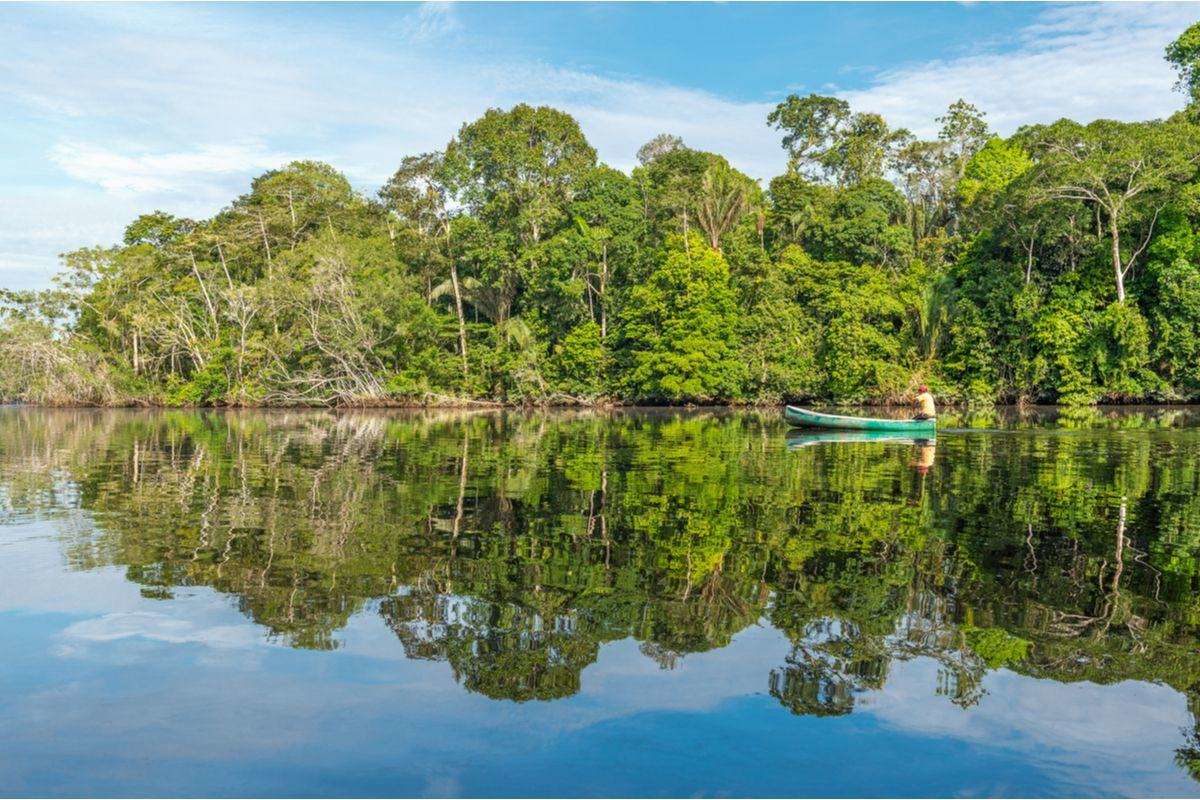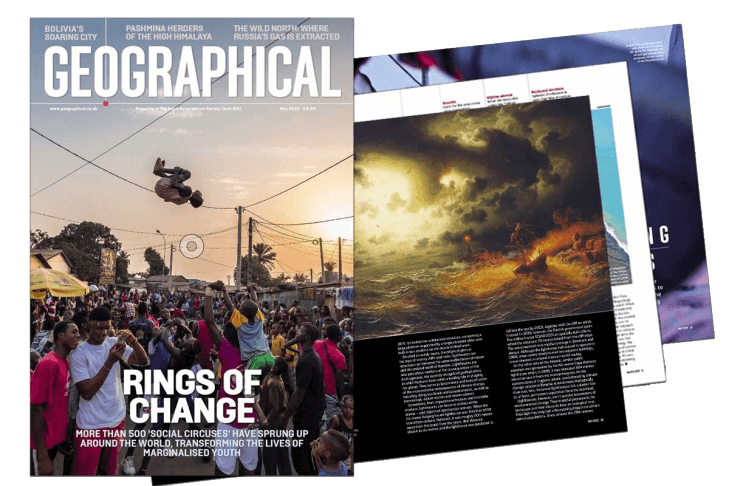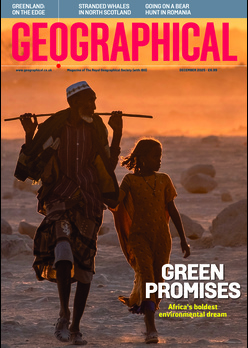
The Tsimane and Moseten people of the Amazon may hold the key to avoiding dementia
By
When it comes to preventing the onset of dementia, we may have a lot to learn from the lifestyles of two indigenous tribes that live deep in the Bolivian Amazon.
In the UK, seven per cent of people aged over 65 are living with Alzheimer’s disease; in the USA, the figure is 11 per cent. But new research conducted by scientists in the US has revealed that among the older Tsimane and Moseten people living in Bolivia’s rainforest, only one per cent show signs of the disease.
Working with 746 Tsimane adults, aged 40 to 94, the team used CT scans to calculate the brain volumes of the participants, which they compared to those of people from three industrialised populations in Europe and the US. Brain atrophy is often a sign that an individual has dementia. The researchers found that, on average, the decrease in volume between middle age and old age was 70 per cent slower in the indigenous population than the western ones.
Dementia is the seventh leading cause of death worldwide, and the number of people diagnosed with it globally is set to triple to more than 150 million in the next 30 years. Margaret Gatz, lead author of the study, suggests that something about the tribes’ pre-industrial subsistence lifestyles likely holds the key to our protection against it.
A previous study, published in the Lancet, has already shown the Tsimane people have exceptionally healthy hearts in older age, with a very low rate of heart disease. By working with populations like the Tsimane and the Moseten, researchers hope to gain a better understanding of what human health was like pre-industrialisation. Co-author of the study Benjamin Trumble added: ‘What we do know is the sedentary, urban, industrial life is quite novel when compared with how our ancestors lived for more than 99 per cent of humanity’s existence’.

Subscribe to our monthly print magazine!
Subscribe to Geographical today for just £38 a year. Our monthly print magazine is packed full of cutting-edge stories and stunning photography, perfect for anyone fascinated by the world, its landscapes, people and cultures. From climate change and the environment, to scientific developments and global health, we cover a huge range of topics that span the globe. Plus, every issue includes book recommendations, infographics, maps and more!




